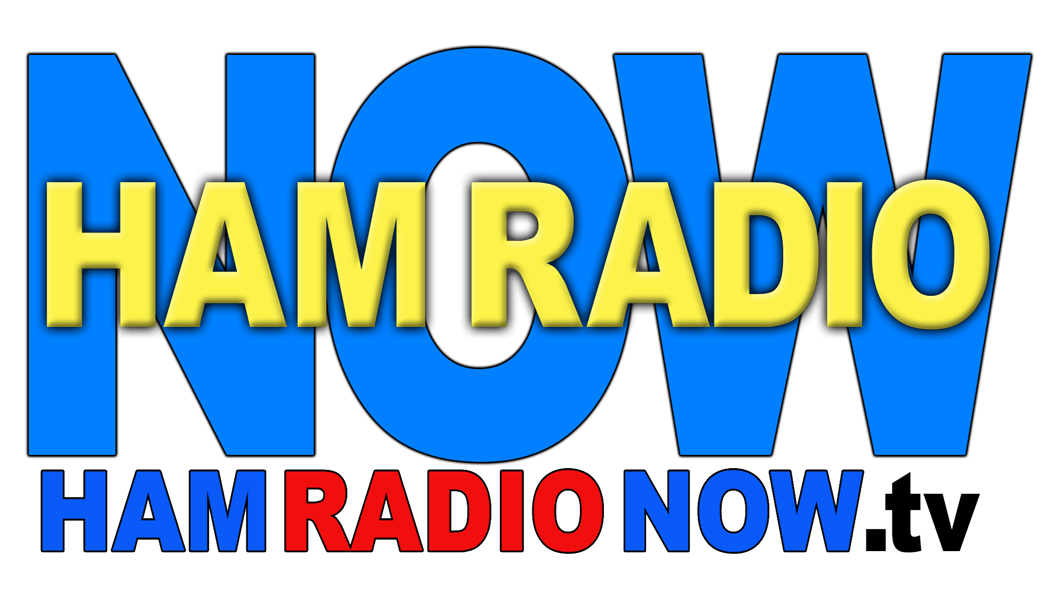HRN 372: Citizen Weather from the 2017 DCC
/The Citizen Weather Observer Program ties data from all those 'citizen' weather stations out there - the ones you see at the bigger hamfests - into the NOAA system to become part of the reporting and forecasting system. One of the guys in charge is a ham, Gerry Creager N5JXS.
Gerry came to the 2017 ARRL and TAPR Digital Communications Conference in St. Louis to present the Sunday Seminar, the DCC's traditional Deep Dive into a single topic for four hours, closing the conference on Sunday morning.
This podcast is actually just Part One of the talk. Gerry covers a lot of ground, from what the various forms of weather stations are, to the optimum siting of the hardware, to the data supplied and how NOAA uses it.
Part Two, in the next episode of HamRadioNow, looks at possible improvements to the CWOP.
Radio Rating: C+. Gerry has lots of slides, as usual for a TAPR talk. Many are just text headlines, but there are some pictures (especially when he's talking about siting the hardware), and some charts. Most of the time he describes what's in slides well enough to get the idea. But you know, P=1kW.
Links:







